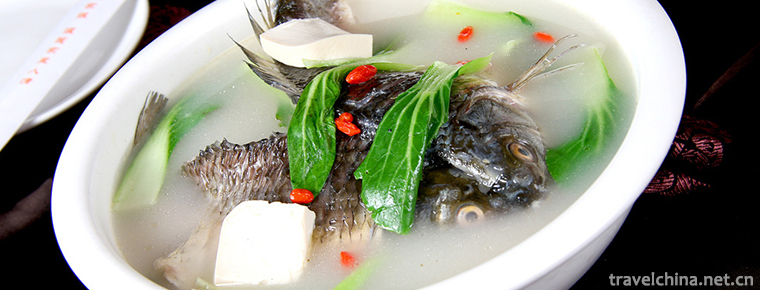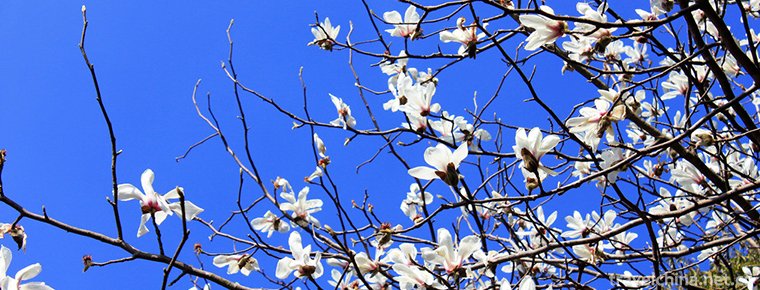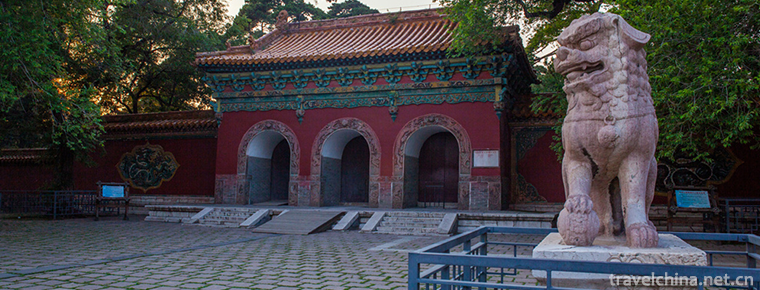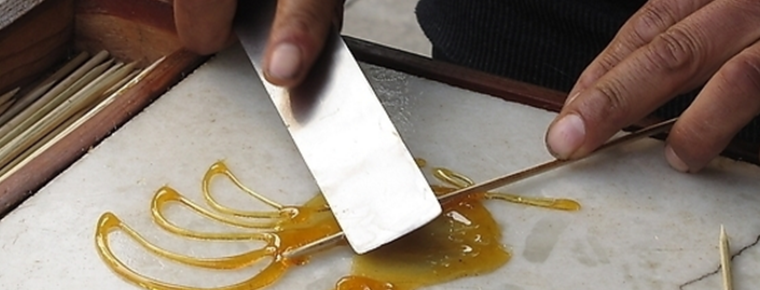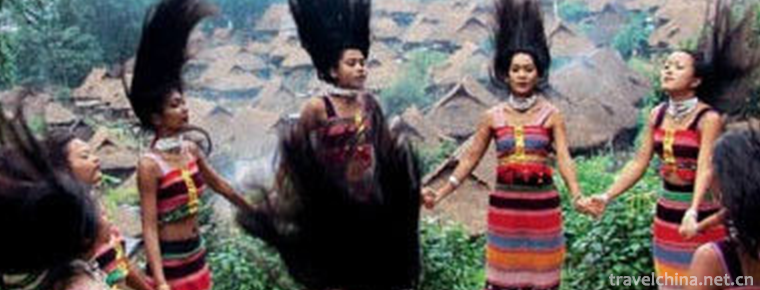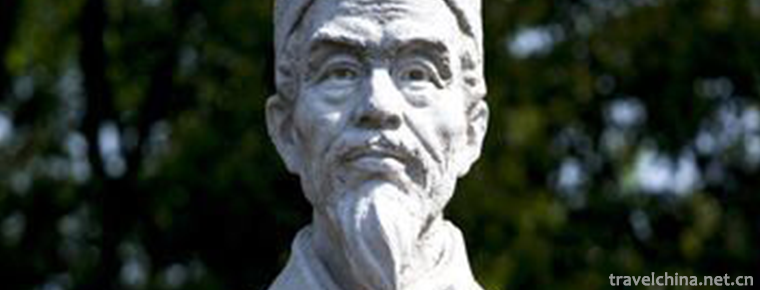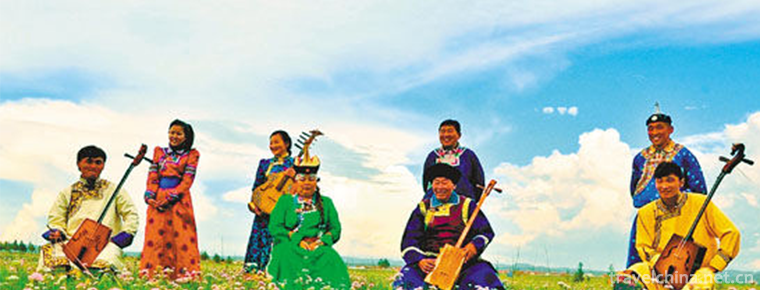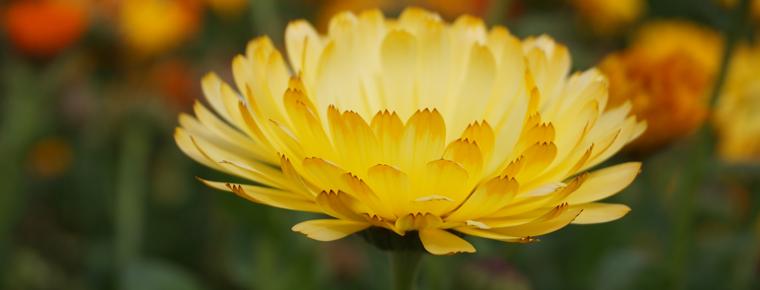River chant
River chant
River chant is a traditional folk song spread in the Yellow River and the Yangtze River valley. In ancient times, when people were fighting with nature, they shouted; when harvesting, they happily knocked on stones and sticks, and gave out cheers and singing sounds, forming the "embryonic" of the earliest folk song, the labor chant. The slogan originates from and serves labor. It is not only the tool of labor, but also the eulogy of labor. Its cultural connotation and social function are obvious. Some slogans express the complex feelings of workers, some reflect the characteristics of geographical environment, and some describe folk customs.
On June 7, 2008, Jianghe Channel was approved by the State Council to be included in the second batch of national intangible cultural heritage lists.
brief introduction
The singing way of the chant is mainly "collar, close" type, that is, one person leads, all people gather; or all people lead, all people gather. In the slower pace of labor, the "collar" sentence is longer and the "combination" sentence is shorter. In the more tense labors, the leading and closing sentences are short in divination. In addition, in most cases, after the lead sentence is sung, the chorus is sung again, but there are also choruses entered before the end of the lead sentence, thus the two voices form an overlapping state.
historical origin
The unique charm of the chant has had a brilliant page in the history of modern music in China. For example, in the Yellow River Chorus, which was born during the Anti-Japanese War, the first movement "Yellow River Boatman's Song" adopted the form of labor chant. Its distinctive national style, strong breath of life and artistic appeal greatly stimulated the national spirit. In recent years, "Chuanjiang Chant" and "Yellow River Chant" have been listed in the national intangible cultural heritage list by the State Council to protect and inherit.
The Yellow River horn belongs to a kind of labor horn. Our ancestors cooperated with each other in the struggle against floods, and gradually formed a certain rhythm, a certain regularity and a certain undulating sound (horn). The Yellow River horn was born in the sound of our ancestors "Hey, Hey, Hey".
In the course of harnessing the Yellow River, there are different types of work, and the number of the Yellow River is also divided into many categories, such as emergency call, ramming call, boatman call, earth call, tie pillow and push pillow call, and so on. There are different schools in different regions, and all kinds of call are colorful and contentious.
According to the Record of Song Shi Hequ, "Where hundreds or thousands of people use Dingfu to sing in chorus, they accumulate in humble places, which is called"chorus". This kind of"chorus"is the chant.
Representative works
The Yellow River emergency trumpet, Tujia trumpet and so on.
Inheritance significance
A good slogan of the Yellow River, with healthy content, fresh style, elegant words and sentences, passed down from generation to generation, is deeply loved by the masses. Especially since the founding of New China, the content of the Yellow River slogan is more abundant and healthy. It's not only singing and smoothing, but also full of literary color. It is more valuable to integrate the significance of Yellow River control work, how to ensure the quality and standard of the project, the attitude of the owner and the construction status into the Yellow River slogan. It has become a good textbook for self-compiling, self-shouting, self-pleasure and self-education of the masses and a true record of its construction. For example, there is a sentence in a blockbuster's slogan: "The sun rolls down the West hill, birds throw trees and tigers back to the mountain." All the traveling guests live in hotels, and thousands of families close their doors. In the era of sunrise and sunset, thousands of families closed their doors and rested. Only ten thousand horses on the construction site of Yellow River Control reflect objectively the great hardship of Yellow River Control. The rhyme of the Yellow River horn is beautiful, the construction site is hot, the singing is tremendous, outsiders are also happy to appreciate. On the village road near the construction site, from time to time, children's Milky singing: "Hey, hey, hey", shows its strong appeal.

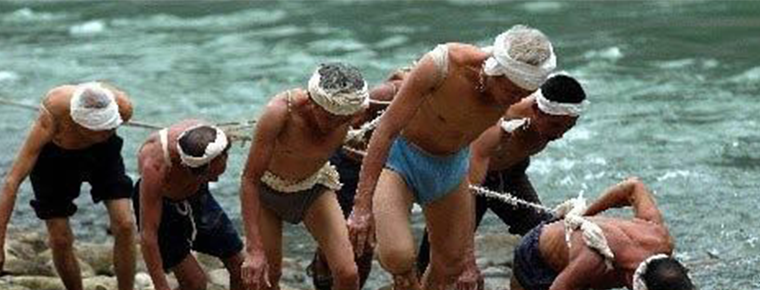
-
Lake Manasarovar
Ma Pang yongcuo is 35 kilometers east of the town of Pu Lan county.
Views: 173 Time 2018-10-12 -
Crucian carp tofu soup
Carassius auratus tofu soup is a famous dish of the Han nationality. It belongs to Guangdong cuisine. It tastes salty and delicious. Carassius auratus has a very good milk-stimulating effect.
Views: 943 Time 2018-11-02 -
Haitangshan Scenic Area
Haitangshan Mountain is one of the top ten scenic spots in AAAAAA, National Forest Park, National Nature Reserve, Provincial Key Cultural Relics Protection Unit and Province.
Views: 148 Time 2019-01-13 -
Three Mausoleum of Shengjing
The three mausoleums outside Guanzhou refer to the Fuling Tombs of Nuerhachi, the Taizong Emperor of the Qing Dynasty, and the Zhaoling Tombs of the Taizong.
Views: 129 Time 2019-02-08 -
Traditional skills
Chinese traditional folk art is a craft inherited from Chinese folk, such as paper-cut is one of the most popular traditional folk decorative arts in China, with a long history.
Views: 317 Time 2019-04-19 -
Alpine Hand in Hand Dance
"Hand-in-hand dance" is a kind of self-entertainment dance with the longest history and widespread spread spread among the folk dances of the mountain nationality. During the wedding and fes.
Views: 98 Time 2019-04-30 -
Legend of Li Shizhen
Li Shizhen is a great medical scientist in Ming Dynasty in China. His footsteps have traveled all over Jiangxi, Jiangsu, Anhui, Hunan and Guangdong. The legends about him and Compendium of Materia Med.
Views: 197 Time 2019-05-13 -
Mongolian Folk Songs
Mongolian folk songs are mainly divided into two categories: ritual songs and pastoral songs. Mongolian folk songs are famous for their magnificent voices and melodious tunes..
Views: 86 Time 2019-06-04 -
Chengdu Weiran flower sea
Weiran flower sea is the largest flower sightseeing base in Chengdu, the top 50 rural tourism base in Chengdu, the most beautiful flower appreciation base in Chengdu, Chengdu music industry base, top .
Views: 125 Time 2020-04-10 -
Public education in Chengdu Giant Panda Base
From 2003 to 2016, Chengdu base received more than 100000 primary and secondary school students at home and abroad, and trained more than 800 volunteers; went to colleges and universities, communities, primary and secondary schools, kindergartens and nature .
Views: 353 Time 2020-12-13 -
Luzhou natural resources
The total amount of water resources in Luzhou is 6.657 billion cubic meters per year. The groundwater reserves are rich, reaching 1.065 billion cubic meters per year, among which Xuyong and Gulin counties in the south are the richest. The structural fissure water in the south.
Views: 345 Time 2020-12-14 -
Neijiang cultural undertakings
By the end of 2019, there are 121 performing arts venues in Neijiang City, including 6 cultural venues. There are 5 museums, 5 cultural relics protection and management institutions, 7 national key cultural relics protection units, 42 provincial cultural relics.
Views: 281 Time 2020-12-16

